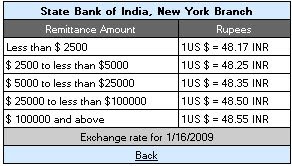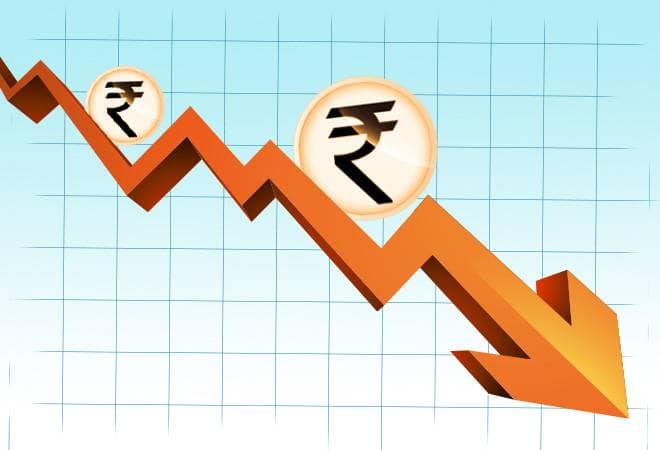

Rūpa means form or shape, example, rūpyarūpa, rūpya – wrought silver, rūpa – form. 340–290 BC), mentions silver coins as rūpyarūpa, other types of coins including gold coins (suvarṇarūpa), copper coins (tāmrarūpa) and lead coins (sīsarūpa) are also mentioned. Īrthashastra, written by Chanakya, prime minister to the first Maurya emperor Chandragupta Maurya (c. The Kathasaritsagara calls the gold Dinar coins svarna-rupakas. In the Rajatarangini, the term rupakas is used for gold coins, they are called svarna-rupakas. The term was no longer in much use to refer to a coin in later eras. An early Pali scripture uses the term Mashaka-rupa, Mashaka being a token Karshapana.

The term Rupataraka is mentioned by Patanjali in reference to one who checks the Karshapana coins. Kasikakara expands upon this, these coins that stamped were the Dinara, Kedara and Karshapana. Pāṇini used rūpya to mean beautiful or stamped ( ahāta). Rupiya issued by the Sher Shah Suri, 1540–1545 CE After a few years, the initial "naye" was dropped.įor many years in the early and mid-20th century, the Indian rupee was the official currency in several areas that were controlled by the British and governed from India areas such as East Africa, Southern Arabia and the Persian Gulf. In 1957, decimalisation occurred and the rupee was divided into 100 naye paise (Hindi/Urdu for new paisas). So one rupee was equal to 64 pice (paisa) and 192 pies as 1 Pice was equal to 3 pies. During British rule, and the first decade of independence, the rupee was subdivided into 16 annas. The Indian rupee was a silver-based currency during much of the 19th century, which had severe consequences on the standard value of the currency, as stronger economies were on the gold standard. Among the earliest issues of paper rupees include the Bank of Hindostan (1770–1832), the General Bank of Bengal and Bihar (1773–75, established by Warren Hastings), and the Bengal Bank (1784–1791). The silver coin remained in use during the Mughal period, Maratha era, as well as in British India. The coins depicting Ram and Sita were issued in both silver and gold minting ended right after Akbar's death in 1605. The Mughal ruler issued coins honouring the Hindu deities in 1604–1605. Sher Shah Suri, during his five-year rule from 1540 to 1545, set up a new civic and military administration and issued a coin of silver, weighing 178 grains, which was also termed Rupiya. In the intermediate times there was no fixed monetary system as reported by the Great Tang Records on the Western Regions. 340–290 BC), mentions silver coins as rūpyarūpa, other types including gold coins (suvarṇarūpa), copper coins (tāmrarūpa) and lead coins (sīsarūpa) are mentioned.

It is derived from the noun rūpa "shape, likeness, image". As an adjective it means "shapely", with a more specific meaning of "stamped, impressed", whence "coin". The word "rupee" is derived from a Sanskrit word "rūpya", which means "wrought silver", and maybe also something stamped with an image or a coin. The term in Indian subcontinent was used for referring to a coin. The mention of rūpya by Pāṇini is seemingly the earliest reference in a text about coins. The history of the rupee traces back to ancient Indian subcontinent. Silver coin of the Maurya Empire, known as Rūpyarūpa, with symbols of wheel and elephant.


 0 kommentar(er)
0 kommentar(er)
